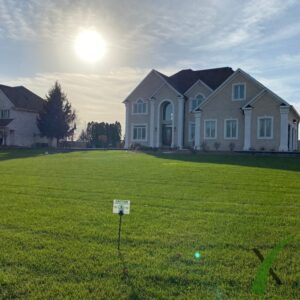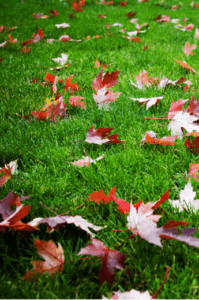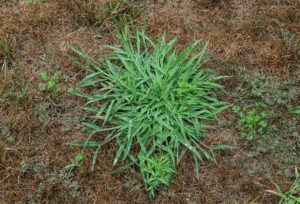The Return Of June Bugs
Beginning in early summer, a variety of nuisance insects invade our lawns and landscapes. Most are not harmful and can be very beneficial to the environment; bees, for example, pollinate many desirable plants. Without bees, agriculture as we know it would not exist.
Still, putting up with flying, crawling bugs while trying to enjoy an evening picnic or cookout can be a headache. One group of insects, in particular, can be found in home lawns across the country – June Bugs.

Many of us are not quite sure just exactly what the June Bug is. In fact, there are many nuisance beetles we call June Bugs. And, while they don’t bite or represent a threat to humans or pets, they can wreak serious damage on our gardens and landscape plants.
The most common midwestern June Bug is a rather plump, clumsy beetle, active mostly at night. Since they are attracted to nighttime lighting, they are literally drawn to cookouts by the fire, flying in and out in haphazard patterns, especially after sunset.
What are June Bugs?
The term June Bug is used to describe at least six groups of scarab beetles:
The European Chafer Beetle – at approximately ½ inch long, with a caramel brown back, they are easily recognized throughout temperate latitudes.
The Green June Beetle – with a bright, green back, growing to just over 1 inch in length, they are common from Maine to Georgia.
The Japanese Beetle – Unlike most June Bugs, the Japanese Beetle is active during the daylight hours. This nuisance pest can be very destructive, chewing away at tomatoes, roses and other important agricultural plants. They will typically not grow to more than ½ inch long.
The Ten-lined June Beetle – sporting green and white stripes, the Ten-lined Beetle is common in west of the Rockies. With its distinctive stripes, some describe this beetle as looking like a watermelon. Interestingly, when touched, the bug actually hisses!
The Fig Eater Beetle – This particular beetle is found only in the southwestern states. It is green-metallic, in color and grows to a length of 1 ¼ inches.
The Phyllophaga group of Beetles – This very extensive group of beetles contains over 260 separate and distinct varieties. Often referred to a May Bugs, they are usually reddish-brown and chubby looking. They can grow to well over 1-inch long.
June Bug Life Cycle

Final Thoughts
In summary, beyond their harmful damage to desirable plants, the biggest problem these bugs create is their contribution to root damaging grub populations on home lawns.
The adult June Bug lays hundreds of eggs in the early summer. When the larvae [grubs] hatch in mid to late summer, they feed on grassroots, potentially causing large turf areas to die.
While it is difficult to control the flying adults, applying a preventive grub treatment will effectively stop potential damage from hatching eggs. The grub preventer should be applied several weeks prior to eggs hatching and be watered in. If untreated, grubs will remain active, killing grass until late fall, when soil temperatures drop and winter approaches. Click here for more detailed information.
Join Our Free Lawn Care Newsletter
Stay Up to Date With The Latest News & Updates
* We don’t share your info with anyone ever.








